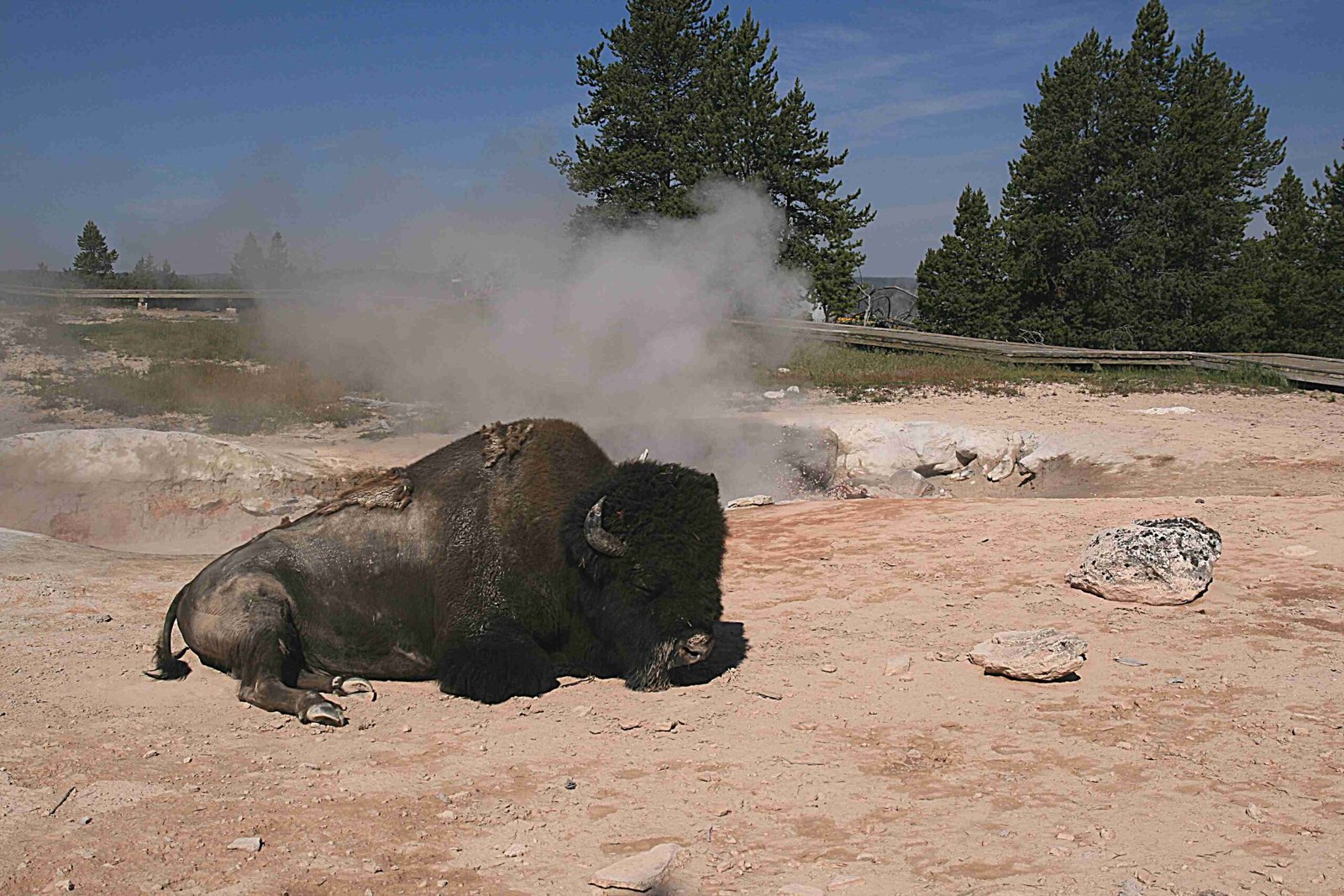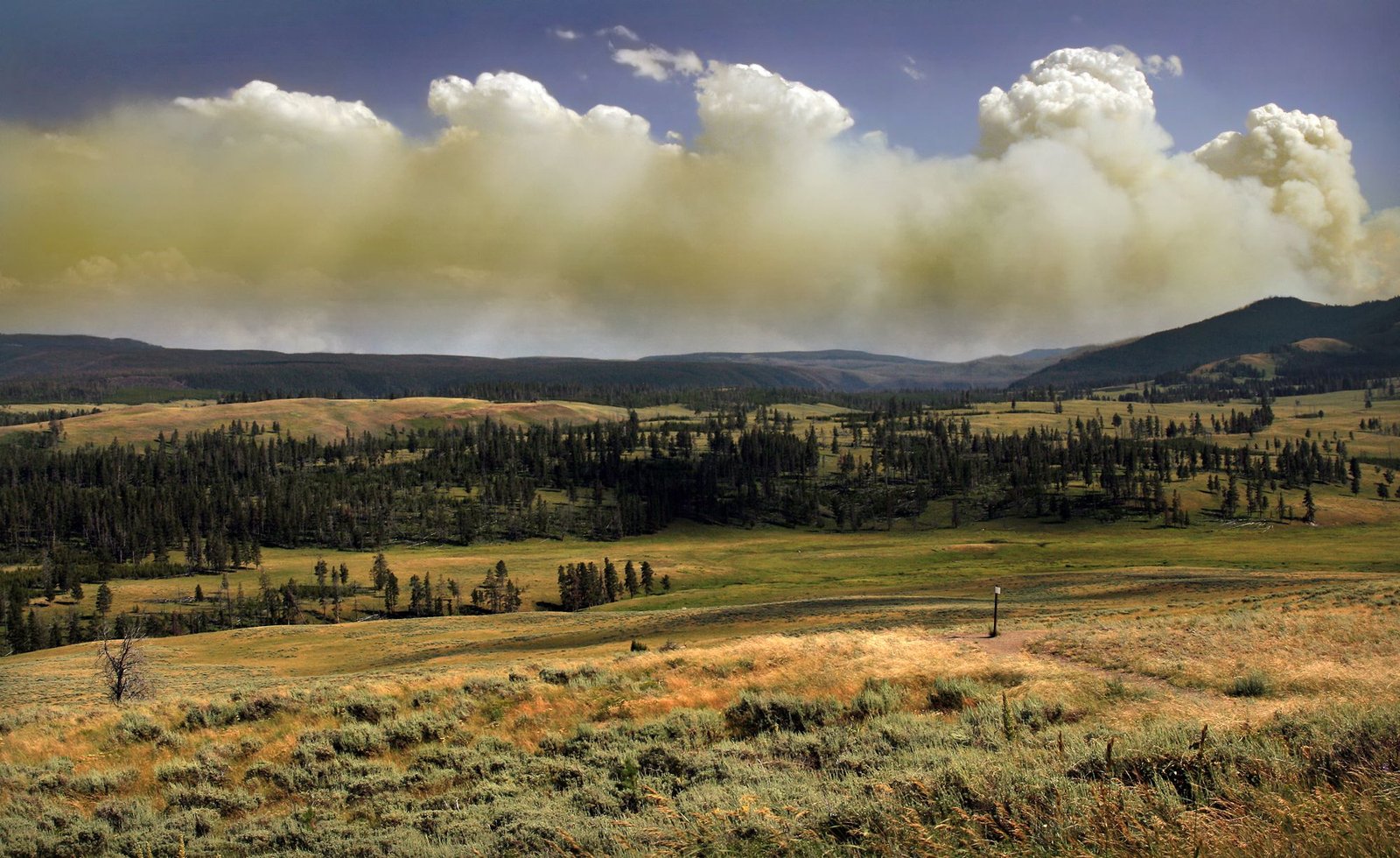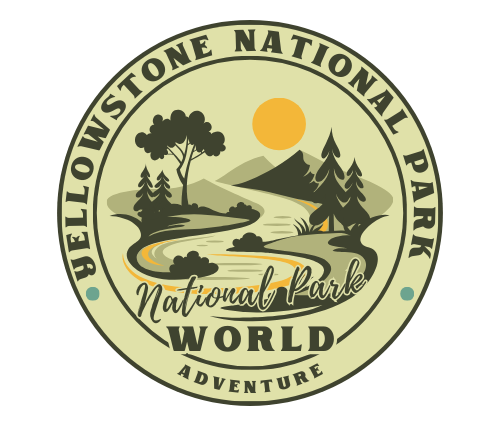The geysers of Yellowstone National Park are fueled by a complex interplay of geological processes. These include geothermal activity driven by the Yellowstone hotspot, heat from the magma chamber, and intricate hydrothermal systems. The combination of superheated water, underground pressure, and a network of rock fissures creates the spectacular geyser eruptions that attract millions of visitors each year.
What is the Primary Source of Heat for Yellowstone’s Geysers?

The Yellowstone hotspot serves as the primary heat source for the park’s geothermal features. This subterranean plume of hot, partially molten rock has been active for approximately 17 million years. As the North American tectonic plate moved over this hotspot, it led to a series of massive caldera-forming eruptions. The most recent of these occurred about 642,000 years ago, shaping the landscape we see today.
The ongoing heat from this hotspot fuels the park’s hydrothermal systems, creating the necessary conditions for geysers, hot springs, and other geothermal features. The magma chamber beneath Yellowstone, a vast reservoir of molten and partially molten rock, provides the intense heat required to superheat groundwater and create the pressure needed for geyser eruptions.
How Do Hydrothermal Systems Create Geysers?

Yellowstone’s hydrothermal systems function like a complex underground plumbing network. Here’s how they work:
- Water Source: Rain and melting snow seep into the ground.
- Heating: This water travels deep underground, reaching chambers near the magma where it’s superheated beyond its boiling point.
- Pressure Build-up: Due to immense pressure, the water remains in a liquid state despite being superheated.
- Ascension: The superheated water rises back towards the surface through a network of cracks, fractures, and cavities in the rock.
- Eruption: Depending on the route, constrictions, and pressure, the water may erupt as a geyser, flow into hot springs, escape as steam through fumaroles, or form other hydrothermal features.
The specific characteristics of each geyser, including eruption intervals, heights, and durations, depend on the unique configuration of its underground plumbing system.
What Temperatures and Pressures Are Involved in Geyser Eruptions?
The extreme conditions within Yellowstone’s hydrothermal systems are crucial for geyser formation:
- Water Temperature: Can reach up to 194°F (90°C) or more
- Pressure: Several times that of atmospheric pressure
- Eruption Temperature: During an eruption, water and steam temperatures can rise to about 140°F (60°C)
These high temperatures and pressures are essential for creating the explosive force behind geyser eruptions.
How Do Geyser Eruptions Vary in Yellowstone?
Geyser eruptions in Yellowstone show remarkable diversity:
| Aspect | Range | Example |
|---|---|---|
| Eruption Intervals | 90 minutes to 5 days | Old Faithful: ~90 minutes |
| Eruption Heights | Up to 200 feet | Riverside Geyser: ~100 feet |
| Eruption Durations | Few minutes to over an hour | Average: ~5 minutes |
This variability is due to differences in underground plumbing systems, water supply, and heat distribution among the park’s geysers.
Where Can Visitors Best Observe Yellowstone’s Geysers?
Yellowstone National Park offers numerous locations for geyser observation:
- Upper Geyser Basin: Home to Old Faithful and numerous other geysers
- Midway Geyser Basin: Features Grand Prismatic Spring and Excelsior Geyser
- Norris Geyser Basin: Known for its acidic features and frequent changes
- West Thumb Geyser Basin: Offers unique lakeside geothermal features
Each basin provides parking facilities, visitor amenities, and walking trails for easy access to the geothermal features.
What Educational Resources Are Available for Understanding Geyser Activity?
Yellowstone National Park offers various educational resources to help visitors understand geyser activity:
- Visitor Centers: Provide exhibits and interactive displays about park geology
- Ranger-led Programs: Guided walks and talks offer in-depth explanations of geothermal processes
- Old Faithful Visitor Education Center: Focuses specifically on the park’s hydrothermal features
- Online Resources: The park’s official website offers detailed information and real-time geyser prediction data
These resources help visitors appreciate the complex geological processes that fuel Yellowstone’s geysers.
How Does the Yellowstone Hotspot Contribute to Geyser Formation?
The Yellowstone hotspot plays a crucial role in geyser formation:
- Heat Source: Provides the intense heat necessary for superheating groundwater
- Magma Chamber: Creates a vast reservoir of molten rock beneath the park
- Rock Fracturing: Causes fissures and cracks in the overlying rock, creating pathways for water
- Mineral Deposition: Contributes to the formation of unique geyser cones and terraces
- Ongoing Activity: Ensures a continuous supply of heat for the hydrothermal systems
This persistent heat source has been fueling Yellowstone’s geothermal activity for millions of years and is expected to continue far into the future.
What Challenges Do Geysers Face in Yellowstone?
Despite their impressive displays, Yellowstone’s geysers face several challenges:
- Human Impact: Increased visitation can lead to pollution and damage to delicate formations
- Climate Change: Altering precipitation patterns may affect water supply to hydrothermal systems
- Seismic Activity: Earthquakes can change underground plumbing, affecting geyser behavior
- Natural Cycles: Some geysers may become dormant or change eruption patterns over time
Park management continuously monitors these factors to preserve Yellowstone’s unique geothermal features for future generations.
The geysers of Yellowstone National Park, fueled by the complex interplay of geological processes, continue to captivate visitors and scientists alike. Their spectacular eruptions serve as a visible reminder of the powerful forces at work beneath the Earth’s surface, making Yellowstone a truly unique and awe-inspiring destination.
References:
1. Hydrothermal Features – Yellowstone National Park
2. Yellowstone’s Geysers: How Do They Work and Why They Exist
3. Yellowstone’s Geology – National Parks Traveler
